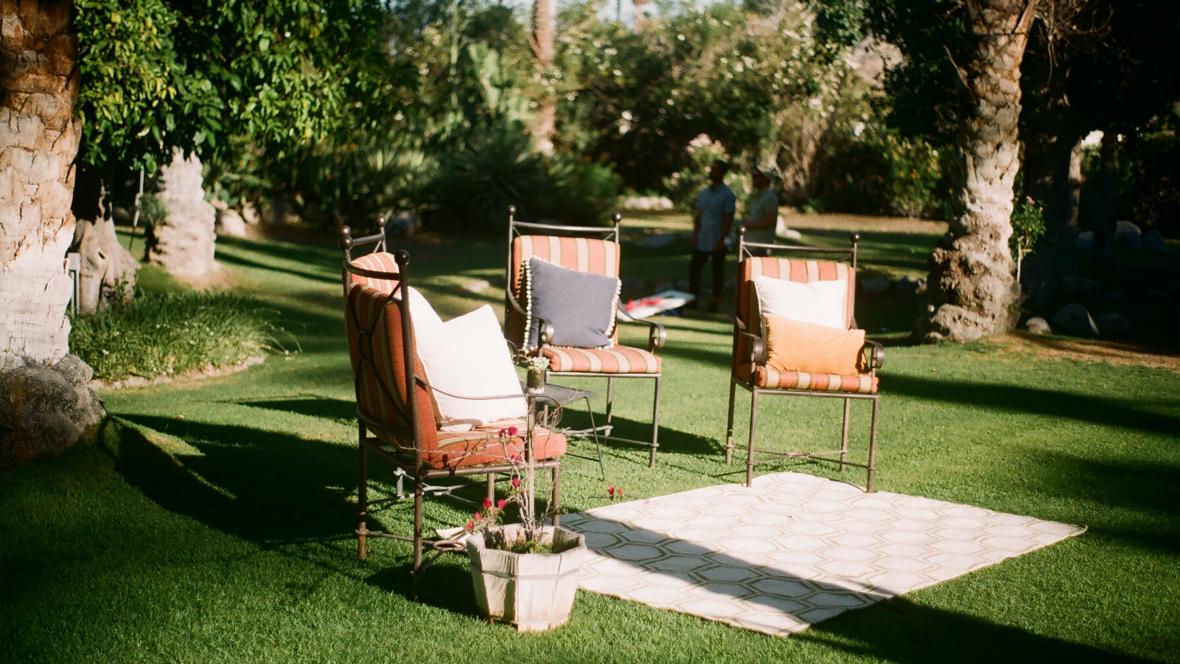Intervention models for nursing homes (III): The Green House Project

At first glance, it may seem difficult to find a balanced elderly residence model: safe without being boring, attentive to the wishes of the inmates without being anarchic, conforming to rules without being restrictive, active without being stressful. However, I have shown in previous posts that some American initiatives such as The Eden Alternative (TEA) and The Pioneer Network (TPN) have found the key to making homes real homes, authentic communities capable of guaranteeing both the quality of life and the quality of care for the elderly. The trick is to provide adequate training to the families and staff of the centres, as well as to the stakeholders themselves, to promote a cultural change aimed at building meaningful relationships based on equality, empowerment of the elderly and mutual respect between the parties. Listening and collaboration have proved to be the essential pillars in ensuring that the residences are places worth living in and where loneliness, helplessness and boredom are banished.
This tour of some of the projects that are making this change in mentality possible with regard to what should aspire to be the place of residence of the elderly ends with the presentation of The Green House Project (TGHP), which focuses on a radical architectural modification of the residential environment. Founded by the creator of TEA, Dr Bill Thomas, in 2001, the idea of TGHP is basically to make it easier for dependent elderly people who require permanent care to live, instead of in an institution, in real houses, in the most literal sense!
In 2003, a neighborhood of small houses was built in Tupelo, Mississippi, in order to house people who were in a situation of constant dependence, avoiding their internment in traditional centers incapable of guaranteeing dignified aging. In a few years, this program was replicated throughout the United States, reaching 27 states with more than 170 housing complexes that accommodate more than 2,000 elderly people with varying degrees of disability. It was about saying goodbye to the long corridors, infirmaries and rows of single and shared rooms to escape the image of the hospital. Welcome home!
TGHP is not only concerned with encouraging the necessary cultural change in the way we see and care for the elderly or with training the staff who provide care. What this project has done is materialize its philosophy to the extreme by creating residential complexes consisting of a series of approximately 10-12 rooms with private bathrooms that ensure privacy and living areas that include the open kitchen and dining room, living rooms and gardens where the elderly can socialize with each other and with other people.
There are no nurses, but carers who perform the same functions as in a normal residence, but are in constant and direct contact with the elderly, increasing care by 22% with respect to the traditional model of residence. In fact, caregivers are actually facilitators who help to enhance the skills and value of each person. They live with them in shifts of two people in the morning and afternoon and one at night, making sure that the care and welfare needs of the elderly are met 24 hours a day.
The elders are the bosses; they decide how much time they spend doing what. For example, if they want to spend two hours on dinner, they can do that perfectly. If they want to go to bed late, they don't have to worry about being tired the day after breakfast because they decide when they will have it. They arrange how to decorate the house and can keep their possessions and their pets with them. They can help with the laundry, cooking (and share with the cooks the recipes that have been with them all their lives), play sports, receive visits from people in the neighborhood and children who are going to do activities, organize singing sessions, play with the computers, play instruments and teach others to play them... anything they can think of is within their reach. Of course, it is far from the institutional model in which the inmates are seated at the table, wait for their food to be served and fall asleep because no one pays attention to them. At TGHP, the elderly do everything they can do for themselves.
This model of care in old age is truly revolutionary. When the pilot project began, residents who moved from the institutions in which they lived to the Green Houses were suddenly integrated into a community where they could relate naturally to other people of any age, and become involved in the concerns, decision-making and activities of the neighbourhood in which they moved. Watching the promotional videos for this initiative, it is impossible not to be moved by how the residents say they finally feel free, in a place where they are going to live, not die, and where they notice that they continue to grow and develop their talents. Many tell how their appetites have been reawakened and they have gained weight and even regained the lost habit of eating alone. Those who preferred to isolate themselves in traditional residences for fear of ending up arguing with the caregivers for lack of adaptation to the strict rules, became more talkative and regained the desire to relate. Those who no longer got out of bed, welcomed the wheelchair back to do things; those in wheelchairs got rid of it.
The advantages of this model of community housing for seniors extend to their families as well. For many, having to visit their parents and grandparents in the traditional residence was little more than an obligation; sometimes even an emotional torture. They avoided having to do so because they left the facility depressed. In the Green Houses, the relatives feel the warmth of the environment and are reassured because they understand that the elders are in good hands. It is exciting to see how those who thought they would never be able to put their parents in a home come to recognise that life in the Green Houses has many more benefits than the home in which they usually reside. Even for the communities in which these housing complexes are integrated, the enrichment is indescribable, making it possible for the youngest to learn directly about the importance of caring for and respecting the elderly, helping them to achieve a dignified ageing.
But not everything is idyllic. The promoters of this initiative recognise that for many older people it has already been too late because the necessary measures have not been taken to enable them to benefit from such a system. Family members themselves complain that they have not trusted the advantages of this model, mistakenly thinking that the costs would be much higher than those involved in traditional models. Fortunately, this has proved not to be the case. Robert Wood Johnson, head of the foundation that bears his name and which has made it possible in terms of funding to materialize this project, explains that it is so simple to carry out the idea of TGHP that it is not understood why U.S. government policies are not betting on it: "there is no point in not doing it, and not doing it as quickly as possible," he says.
If it's economically sustainable, if residents are smiling again and describing Green Houses as "heaven on earth", what is stopping traditional residence patterns from giving way to innovation? Perhaps a look at the Spanish landscape, which is still far from these approaches, will give us the answer: will we too end up regretting, in time, that we did not provide the means earlier to make the earthly paradise possible? In the next post I will show where we are now with respect to the cultural change that is beginning to expand globally. It's time to talk about Spain.


